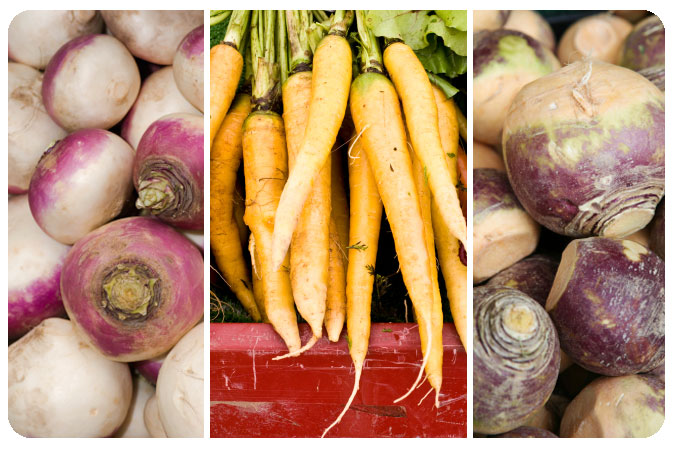One of the most frequent questions I get is, “Which oil am I supposed to use for what?” My answer is a combination of unwavering advice and “it depends.” Here are three questions to ask for choosing wisely in all circumstances—from grocery store shelf to pan on stove.
How was it extracted?
The first thing you want to ask—no matter what you're going to use it for—is how was the oil extracted? I like to steer clear of any that are not expeller pressed.
- Expeller Pressed — Expeller pressed means it was literally squeezed from the nut, seed or olive paste using pressure. Oils that are not expeller pressed are extracted by soaking the grounds in a chemical solvent (usually hexane) and then boiling it off, which removes any flavor or aroma. If an oil does not expressly state that it is expeller pressed, it is probably hexane extracted.
- Cold Pressed – All extraction methods create friction and, consequently, heat—even expeller pressing. Yet heat is the bane of an oil. For especially delicate oils, cold-pressing (technically defined as expeller pressing below 120 degrees Fahrenheit) keeps both flavor and nutritional compounds in tact.
How was it refined?
The next thing you’re looking at is how it was refined and to what state. I keep a combination of refined and unrefined oils in my cupboard for different uses, although for refined oils, I opt for brands that use natural methods.
- Refined — Refined oils have had impurities filtered out; in many cases through chemical processes. Look for oils that have been naturally refined to steer clear of unwanted chemicals. The upside to refined oils is that they’re more shelf-stable and have a higher smoke point.* The downside is that much of the flavor and nutritional content—like antioxidants—are removed during refining. Use refined oils when stir-frying or high-heat sautéing.
- Unrefined and Unfiltered – Unrefined oils are unprocessed, although they may have been filtered of particulate matter. Unfiltered oils are essentially crude oils left in their virgin state after pressing. The solids in them make them flavorful, healthy (powerful polyphenols are what make your lips tingle when you taste a cloudy, unfiltered extra-virgin olive oil) . . . and unstable—all of which means they’ll spoil quickly and will smoke over even moderate heat. For this reason, unfiltered oils are best kept refrigerated and used only as finishing oils. If an oil solidifies when refrigerated (a function of a higher level of saturated fat), simply set it out on the counter to soften before using.
How are you going to use it?
In general, the more flavor an oil has, the lower its smoke point will be. The higher an oil’s smoke point, the more neutral its flavor will be. If you’re looking for a full-flavored oil to use in a vinaigrette, break out your best bottle of unfiltered extra-virgin olive oil or toasted nut oil. But if you’re making a high-heat stir-fry, reach for an oil that may have a milder flavor but can take the heat, like peanut or canola oil.
Oils can add enormous dimension and variety to your cooking—whether in the pan or on the plate. Now that you know how to choose wisely, buy a few and experiment with different uses.
* The smoke point is the temperature at which an oil begins to emit fumes (the flash point is the temperature at which it will ignite). While not an exact science, each type of oil will generally begin to smoke within a given temperature range due to its fatty acid makeup (some fats are more stable than others), but particulate matter in unfiltered and unrefined oils will also cause an oil to smoke at lower temperatures. When an oil smokes, it’s releasing unhealthy compounds into both the air and the oil and should be (carefully) discarded.













